Hello everyone, I’m back! After a week of endless parties that cumulatively make up the “business part” of the Game Developer’s Conference, I am starting to recover from the hangover, and ready to report back to you about my post-show thoughts.
In a post I made a week ago, I mentioned several themes that I believed to make a big splash at GDC, and now, let’s take a look at how well I fared.
Battle of the Consoles
I didn’t completely miss this one, but I was so hoping that Microsoft was going to give a little something-something to get us excited about the next Xbox. On the PS4 side, Sony did give us a little more info on the console, but to be fair, that was announced before the show, so yes, I got this half-right but by default.
PS4 Specs
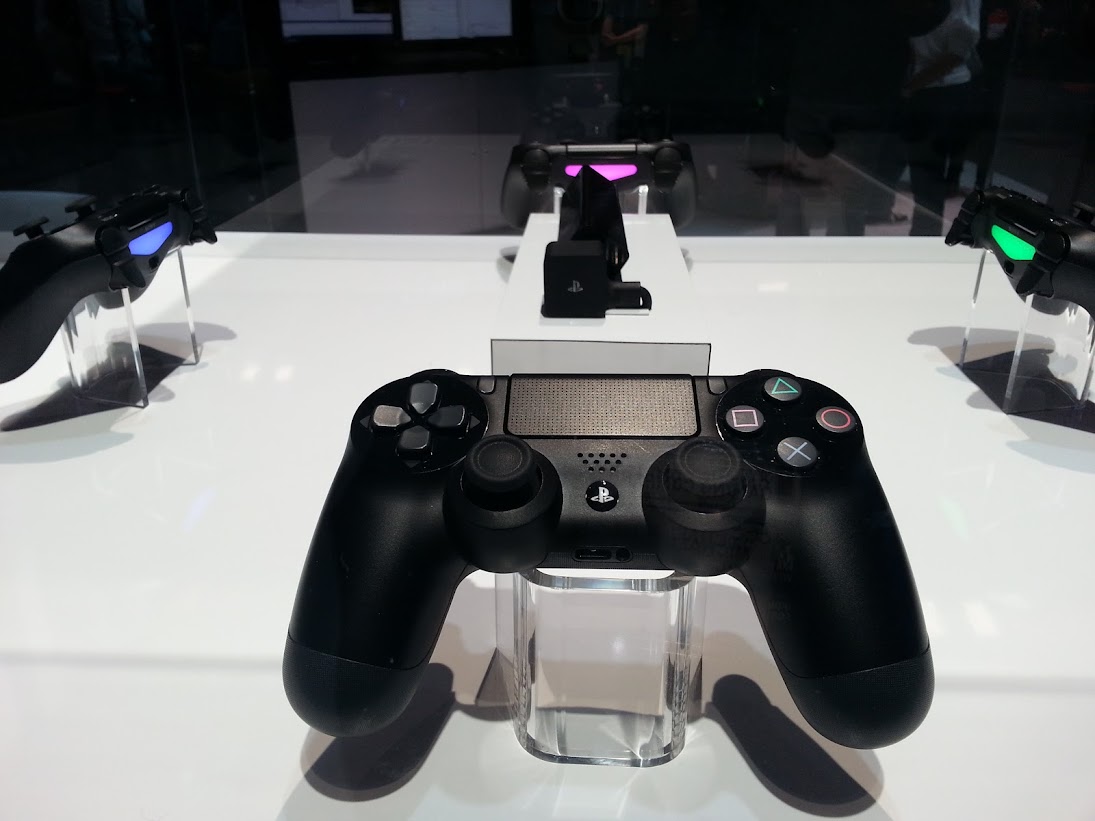
Unfortunately, they would not take the controllers out of the glass case.
To expand a bit more on the PS4, Sony gave us a few more tidbits of info on what to expect in the upcoming console:
- CPU – We already know that the CPU will be an AMD 64-bit x86 processor, fired onto 8 cores. Sony stressed that although this is an extremely high-performance CPU, unlike it’s PC counterparts, these CPUs are using low power consumption, and low-heat.
- GPU – This is being built on something Sony refers to as an extended DirectX 11.1 feature set. Without getting too technical, this will open up to developers access to the true power of the system, and open up an entirely new realm of graphics power that has not been achieved before in DirectX or PS3.
- DualShock 4 – While we already know quite a bit about the controller, it was emphasized in greater detail at GDC. This included the “share” button, which allows players to broadcast their game for spectators, the touchpad that apparently is also capable of multi-touch input and is also clickable, thus, serving as an extra button, and the ability for the controllers to be charged when the console is turned off. As for the design of the DS4, the D-pad buttons have an angular shape to them instead of being flat, the triggers have been redesigned from a convex shape to a straight shape, the touchpad has been added to the top of the controller, and there is now a multi-colored LED on the back of the controller, where each color differentiates each player.
- PlayStation Eye – The PS Eye also gets an upgrade on the PS4, boasting 2 cameras, four microphones, and a 3-axis accelerometer. In conjunction with the DS4, it can figure out the location of each player within the room. The PS Eye has an 85-degree field of view, and can support video recording at 1280×800 at 60Hz, or 640×480 at 120Hz.
Android Battle
It seems that the Android OS has been taking off in all kinds of new ways. Originally a mobile OS, we have seen it used in phones, tablets, e-book readers, cameras, and now even in game consoles! On a side note, I have also noticed that over the years, while console and PC gaming are still a major force in the game development market, I couldn’t help but notice that some of its thunder is being taken away from the casual gaming side, and in particular, with games developed for mobile and social media (oh, who are we kidding? For Facebook!)
In regards to consoles, during GDC 2013 we saw several new entrants into Android-based consoles in: GameStick, Green Throttle, Project Shield, Ouya, and MOGA. In my last article, I described all but MOGA, which I discovered during the conference. Similar to the other Android consoles, MOGA comes with its own controller, and app/app store, but where it is different is that the controller stretches out to actually hold your phone on it, making it look a little more like the Project Shield.


The MOGA controller is looking good.
It looks like this idea of Android-based consoles is really heating up, and I wonder how things will turn out for all of these platforms? Right now, Ouya seems to be positioned very well, considering all of the media attention it receives from its Kickstarter project, its design from fuseproject, and its lineup of games and developers. On the other hand, Green Throttle and MOGA seem to be in a good position as well, since gamers can download their apps and play some of the games in their respective app stores without risk of buying the controller first.
During GDC 2013, all of these devices definitely created a buzz around the show. I think I was correct on this one.
New Business Models


Move over Zynga, King.com and Kabam are coming after ya!
When it came to free-to-play and microtransactions business models, at least for my experience at GDC, this was seen just about everywhere. Where these business models were originally used in web-based games, we can now see them in just about every type of game out there now. On the mobile side, we saw the rise of several new companies that have built their businesses on these business models such as King.com – the company who brought you Candy Crush Saga (which has overtaken Zynga) and Kabam. On the console side, we have already started to hear about games on the PlayStation 4 that will adopt both business models, and even on PC gaming, EA has already started to experiment with this with its Star Wars: The Old Republic. I felt that this theme at GDC was so big, that I even wrote an entirely separate article about it, and therefore, I think I was dead-on correct with this one as well.
Metal Gear
So if you look at my last article, there is a video of an interview with a “Joakim Mogren” of “Moby Dick Studios”, which gave some hints that it’s game, “The Phantom Pain” is Metal Gear Solid V. At GDC, Hideo Kojima did come out in a mask resembling Joakim Mogren in that interview, including the bandages that were wrapped around his head, and then announced that Metal Gear Solid: Ground Zeroes and The Phantom Pain together, make up Metal Gear Solid V. The rest of the talk was conducted by other members of the team to talk about the features of the Fox Engine, which are the tools that Kojima Productions are using to create the game.

So “Joakim” is Kojima, afterall!
I guess I was wrong on this one. Not that I doubted that The Phantom Pain was just a marketing ploy to generate buzz about Metal Gear Solid V, but that I thought this would have been a big topic during the show. There was not one point, before or after the talk with Hideo Kojima, that I actually heard anyone talk about the game, or show much excitement around it.
Other Observations
So there you have it–I got 2 out of 4 correct. Not bad, not good. Oh well… But in actuality, it probably should be worse, since there were some other trends during the show that I noticed, that I never thought about to begin with.
Crowd-funding
Considering that I was at the Engadget Expand conference earlier this month, I should have predicted that this would be a theme that would gather some attention at the show. While not a significant number of games are successfully funded by this yet, with the Ouya getting its money from people on Kickstarter, and a slew of games in the pipeline on Kickstarter and Indie-A-Go-Go, I figure that in a few years’ time, we’ll start to see more games getting funded in this way. The VCs and publishers simply are not set up to take on the big risks that are needed from young game development studios.
Indies


Independent games are so big now, that GDC now features 2 sections to showcase them!
Not sure how I missed this one either. There were two large sections of the show floor that were dedicated to independent game developers. The first one was GDC Play, which showcases emerging developers to show off what they are working on. Some of the booths exhibited full-blown games that are either in their beta stages or are already on the market, and others that are still at their conceptual stages and haven’t been made yet. Inside the main show floor, there was also the Independent Games Festival Pavilion, which showcased every single finalist for this year’s Festival.
The independent game developers are certainly on the rise, especially in the mobile side, as this is still a new market that hasn’t clearly defined its incumbents yet.
Android Everywhere
This is just a personal observation, but just walking around the conference, you can see everyone walking around holding their phones in front of them. In years past, just about everyone seemed to be holding an iPhone. At this year’s show, however, I had a very hard time to find anyone holding one. Seriously, I tried. The ones that I noticed the most, surprisingly to me, was the Samsung Galaxy Note II. Perhaps it is because that’s what I use, but on the other hand, while I was walking around with mine, I had a lot of people comment on it, and then have them pull out their own, or tell me about a co-worker, spouse, friend, etc. who has one and can’t stop raving about it. For tablets, on the other hand, was a different story. I saw way more iPads and iPad minis than Android tablets.
Overall, GDC 2013 was a conference about mobile and free-to-play. I originally thought that next-gen consoles would have also been a big theme at the show, but it wasn’t quite as big as I thought. Perhaps that is something that is being saved for E3. I’ll be looking forward to seeing what’s in store next year for GDC 2014!

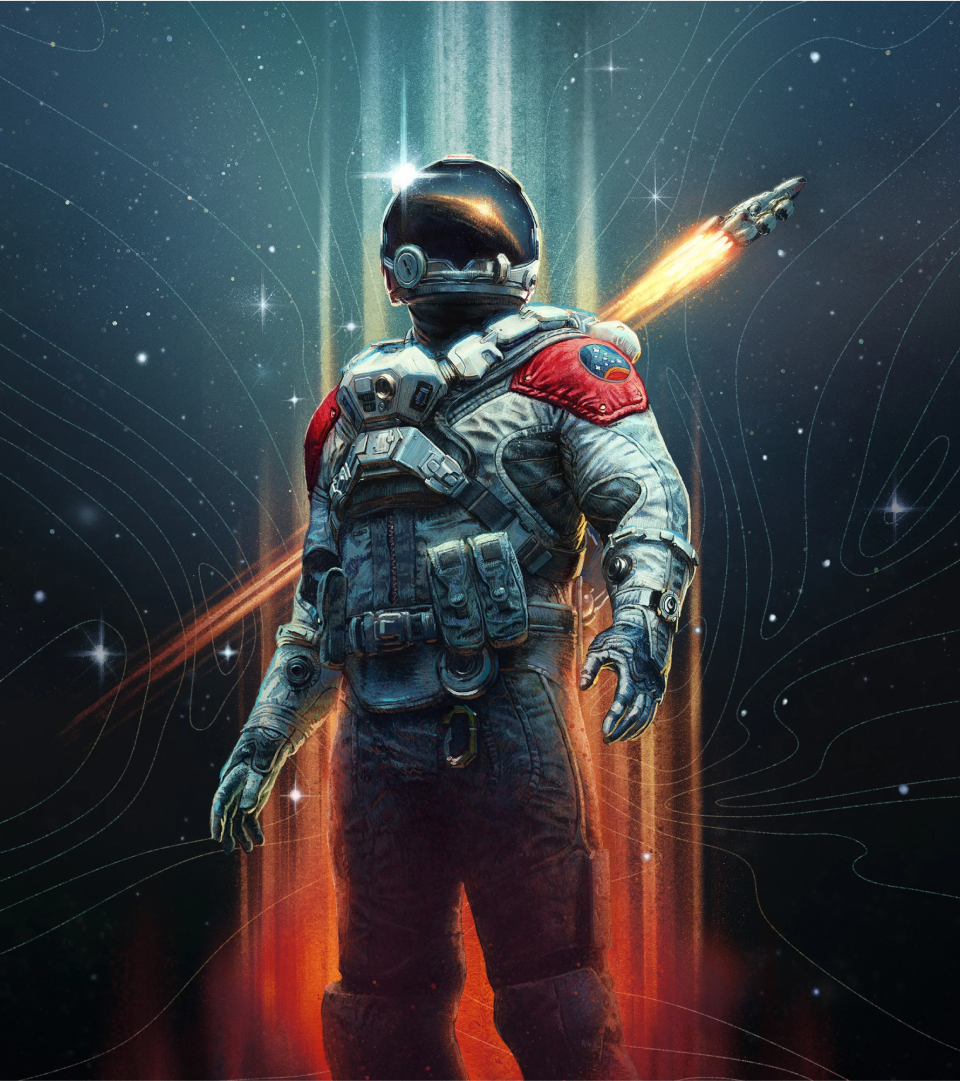
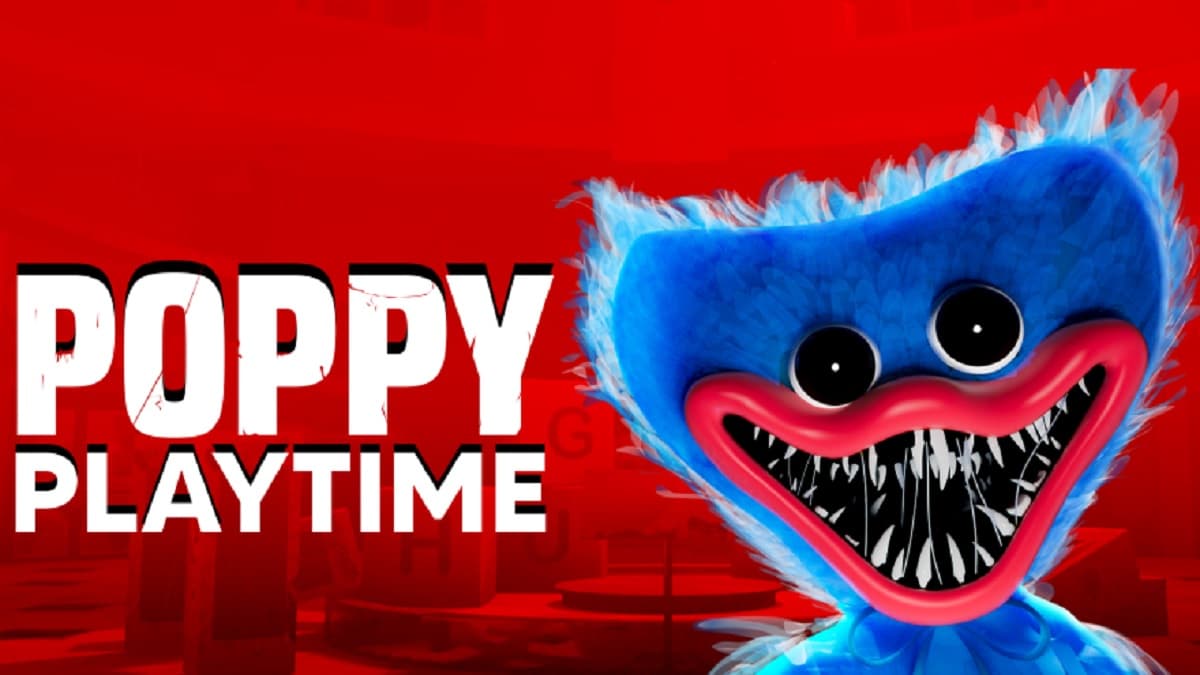
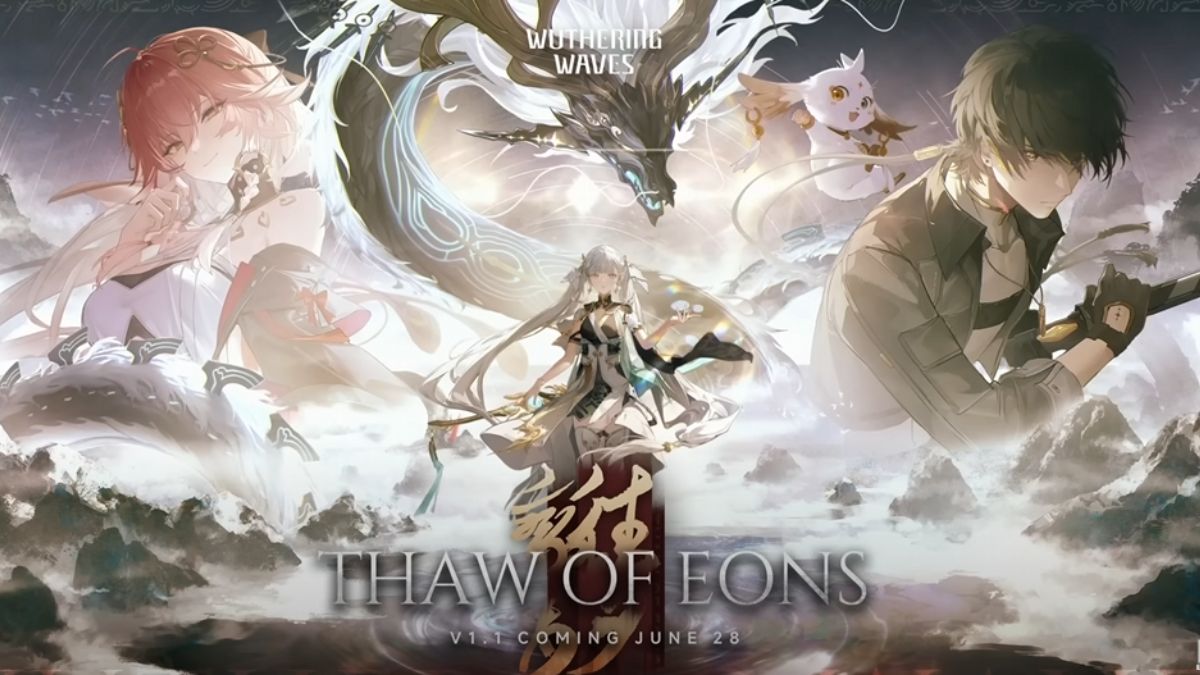
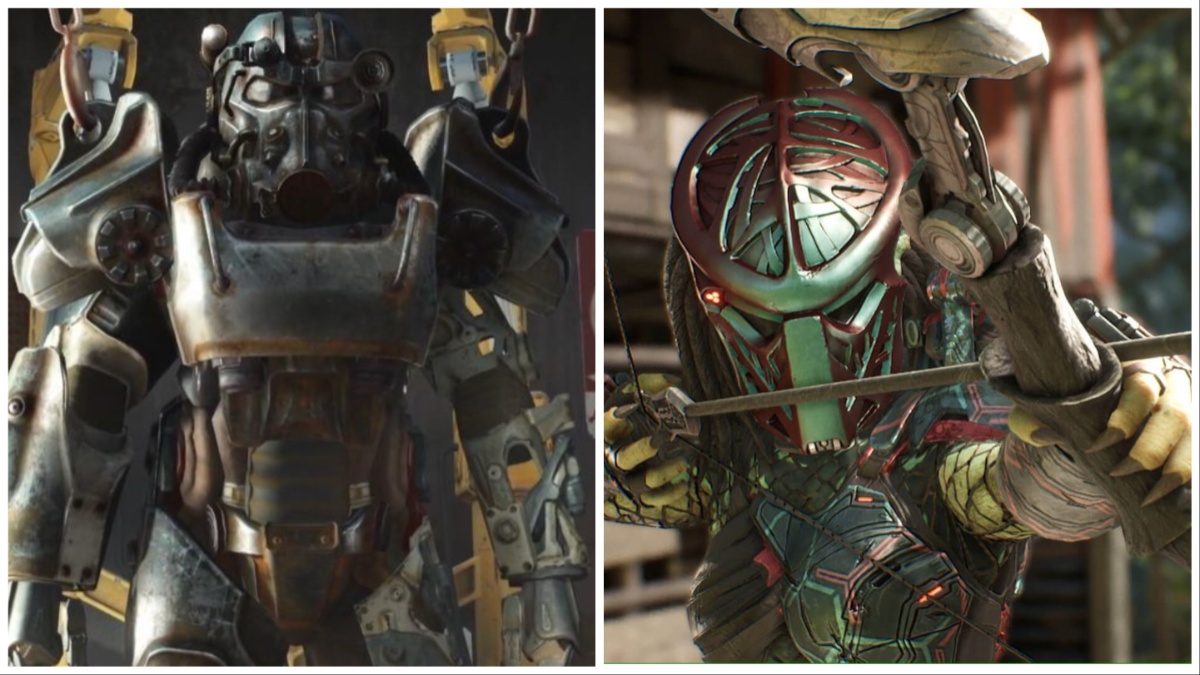

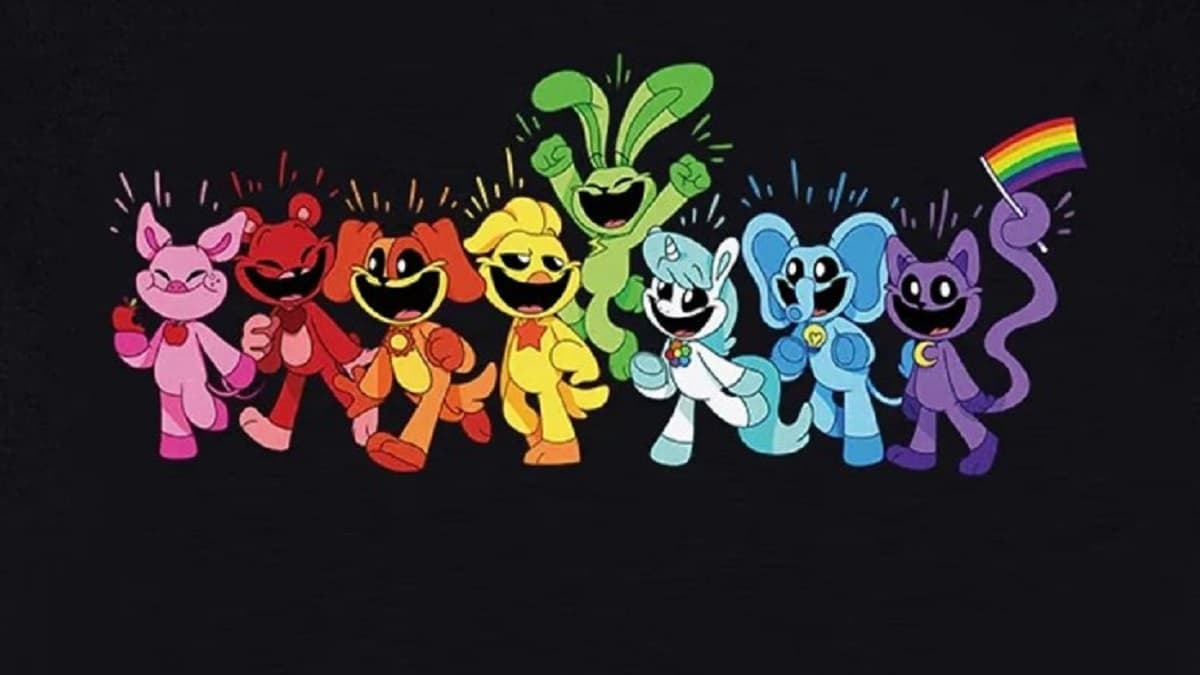
Published: Apr 1, 2013 04:25 pm